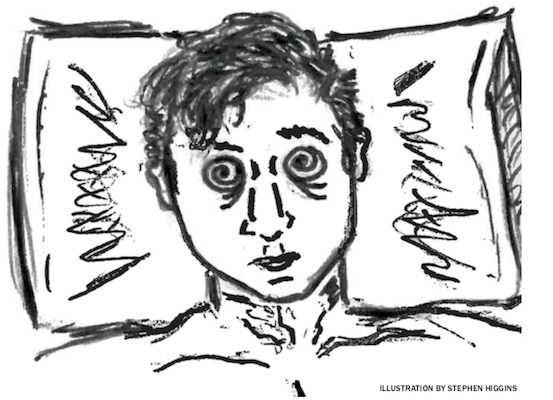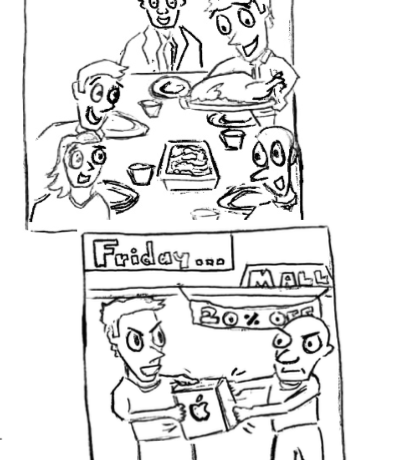By Manuela Yeboa
Contributing Writer

I In the book Happy City, Charles Montgomery asserts that we can’t fully understand how cities affect our happiness without considering how it feels to move through them. Our senior seminar class wanted to know: what does commuting in the Burlington metro area feel like?
To do this, we created a survey to evaluate the commuting experience of faculty and staff at St. Michael’s. Our analyses suggest that although most people were not highly dissatisfied with their transit experiences, there are many ways that the average commute can become more sustainable.
We found that the vast majority (92 percent) of survey respondents use their own automobile to get to work. Although many of these people live in rural areas (43 percent) that necessitate vehicle travel, most would prefer to bike or walk (Figure 1). Others do not travel on foot or bike because of barriers such as weather and distance. One participant commented “I would bike more often, but coming from Winooski Rt. 15 is not safe for bikers! And the sidewalks are horrible in the winter.”
Montgomery also discusses in Happy City how emotional driving experiences can be. Drivers can feel more in charge of their lives than public transit users. But commuters that drive during rush hour typically experience very high levels of stress—sometimes even more so than a fighter pilot. That kind of stress can take a toll on personal health. From Montgomery’s analysis, it is also clear that longer commutes start to degrade the social fabric of family life. With less time at home, people put less energy and trust into their communities. In contrast, people that walk and ride their bikes tend to feel more energetic and upbeat—potentially “happier”. It appears that St. Michael’s faculty and staff recognize the benefits of walking and biking — at least subliminally, based on the fact that most would prefer to walk or bike to work. Yeboah’s graph showing the responses to survey question to assess likelihood of participating in a carpooling system.
Yeboah’s graph showing the responses to survey question to assess likelihood of participating in a carpooling system.
For our respondents, the majority (67 percent) did not believe their commute negatively affected their family life. Instead, some of our respondents clearly enjoy aspects of their drive. Many of our respondents love listening to NPR, or observing the beautiful Vermont landscape. Others use the commute to re-frame their minds and enjoy the scenery. One participant said “I enjoy the scenery and the alone time to think,” and another said they valued “time to mentally prepare for the day.”
Many of our respondents see traffic as a prominent issue, but were not likely to participate in carpooling (Figure 2). Perhaps logistical constraints account for the unwillingness of respondents to engage in carpooling. Indeed, carpooling systems are underutilized in Vermont, where only 10.7 percent of its commuters carpool. Europeans enjoy much higher rates of carpooling than Americans do. Over one million people carpool in Europe, and Germany has the highest adoption rate. In contrast to Europe, urban sprawl in the U.S. and highly subsidized gas prices disincentive carpooling.
In order to “shape our city” as Montgomery suggests, there needs to be a willingness from the community to do so. If we educate commuters, they may begin to see how small changes in behavior can make big impacts on quality of life. Of course, the willingness to make changes means sacrificing certain things and re-shaping the way we live.
Is the St. Michael’s community ready to make those sacrifices for the sustainability of our future? I hope so. For those of you that are reluctant, here are some tips. These are small, but manageable changes that could be applied to your commute:
- Carpool at least once per week, new apps like “Poolmyride” make carpooling easier than ever.
- Work from home when you can.
- If you live within 2 miles of work, walk to work at least once per week.
- Carpool to your child’s daycare.
- Utilize public transport more. The more people utilize our public transport, the greater incentive the city will have to invest in it.
Be more conscious of your carbon footprint—if you cannot reduce the footprint of your daily commute, find other ways to reduce your carbon footprint here.


